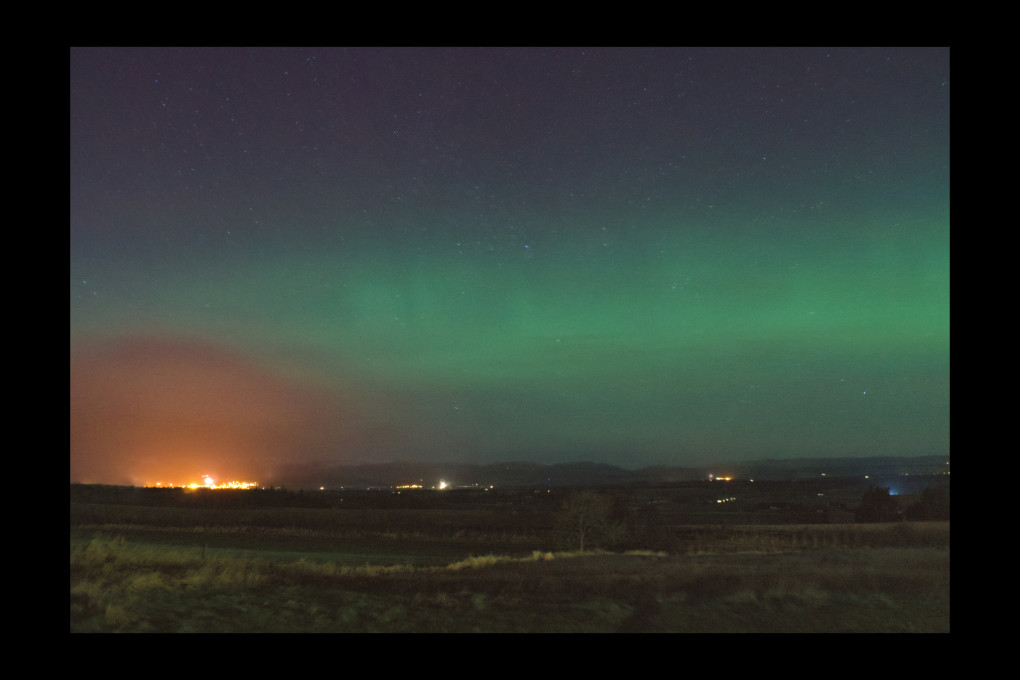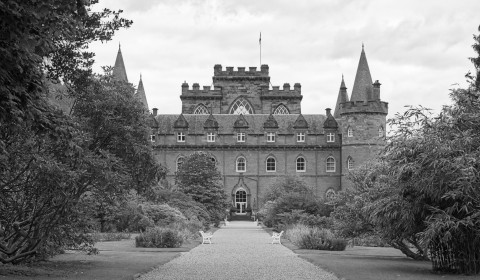To celebrate my increasing antiquity at the end of August, I spent a happy few days in the Lake District with Mum & Dad.
We stayed in a hotel around Borrowdale, with access to Derwentwater, close to Ashness Bridge. On the second morning there was wonderful mist in the valleys obscuring the view up the lake with just the top of Skiddaw showing.
We spent a happy morning clambering up the Lodore Falls – a steep hillside climb through heather and pine trees.
We visited the Solway Aviation Museum at Carlisle airport, home to an English Electric Lightning (I used to see them flying over Lincolnshire in my very early years), a Phantom and – joy of joys – a Vulcan bomber, XJ823, inside which one could see the cockpit and sit in some of the metal chairs.
And I went flying! Most unexpected – I’d been hoping for a scenic tour but instead got an hour’s flying lesson. As the instructor said, “push the left pedal to turn left”. And the rest was pretty plain sailing – as responsive as a car on a road with perfect camber, crossed with turbulence akin to sailing a boat. We cruised at 2500-3000 feet, skimming along just below the cumulus clouds, from Carlisle across to Bassenthwaite and down Derwentwater to Borrowdale, up over Watendlath Tarn and back around Thirlmere to Carlisle again. A most excellent experience. (Photos by Dad stuck in the back seat – I think he did a good job!)
On the Monday, Dad and I drove around some of our favourite mountain passes and landscape locations in the Lakes: Wastwater with the classic view of Great Gable at the end, round to Hardknott Pass – stop at the Roman Fort of Mediobogdum, admire Eskdale – then carry on up and over Wrynose. The weather was just right – not too much cloud, just cloud shadows on sunny landscape – and my favourite conditions, bright foreground with filthy dark stormy rainclouds in the distance. It was allowed to rain after that.
On the last morning I called in at Mum’s favourite spot on the planet, Friar’s Crag at the end of the road past the jetties out of Keswick.
That was some (long) weekend!

